Junction between forest and farmland
The forest borders form a junction between the dark wood, evenly temperate and humid and the open land, exposed to the wind and changing temperatures. Such a junction between 2 different biotopes is called “border biotope”. It is a more or less linear space, vital for many fauna and flora species.
The perfect forest border: structure and role
In the ideal case the forest border is structured gradually. This is true for the Aarnescht, as the transition between the wood and the lea happens by the decreasing height of the trees with a “coat” of bushes around, changing to an herb layer.An ideally gradually grown forest border has different roles: it is a vital space for many fauna and flora species it is protecting the forest against the winds and storms (the danger of crack is lessened), it protects the forest ground against the desiccation by the wind it protects the border trees against incident solar radiation it enriches the general landscape
Structure of an ideal forest border
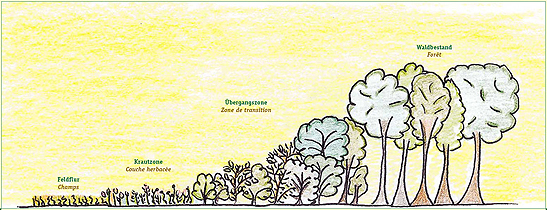
Fields — Herb layer — Transition zone — Forest
Vital space for animals
Thanks to its high botanical diversity and the structural abundance, the forest border offers a vital and adapted space for many animal species. This abundance is due to the junction line of the 2 different biotopes, where you can also find all those animal species who can only survive in this special admixed zone.
Typical animals of the forest border
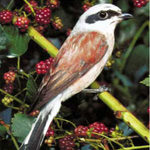 Red-backed Shrike Red-backed Shrike |
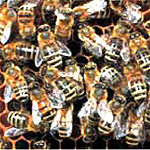 Bee Bee |
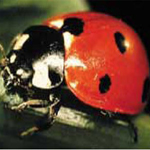 Ladybug Ladybug |
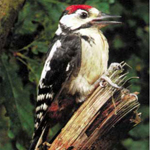 Great spotted Woodpecker Great spotted Woodpecker |
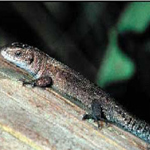 Common Lizard Common Lizard |
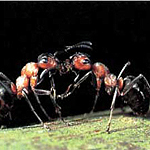 Red Ant Red Ant |
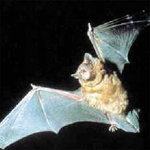 Nyctalus Nyctalus |
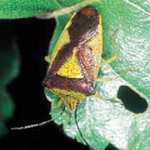 True bug True bug |
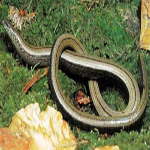 Slow-Worm Slow-Worm |
